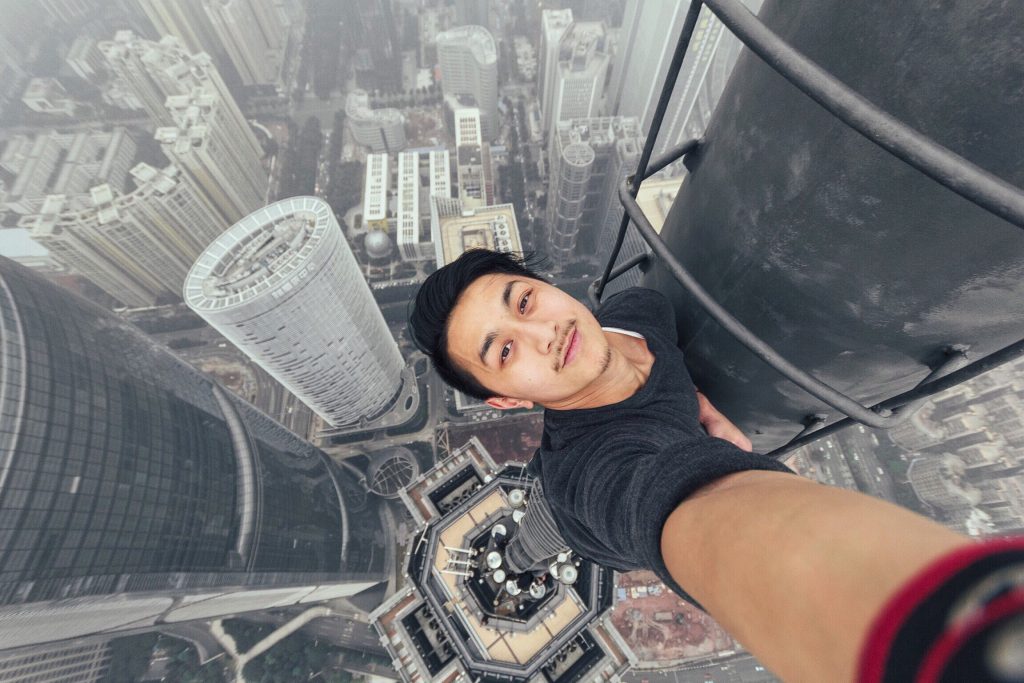Reading Time: 4 minutes read
- The Basics of How to Make a Flipbook
- Photo Book Considerations
- Planning Your Pictures
- Mastering Your Patience
- Making Your Plans a Reality
They’re not as common as traditional photo books, but you’ve probably enjoyed the experience of a few.
Flipbooks magically create the illusion of animation without the need for a projector or other equipment. You view individual pictures for only a moment as you quickly thumb past pages. Most flipbooks are fairly basic and consist of simple drawings. However, they’re not limited to this format. You can make a flipbook using photographs with a bit of careful planning.
If making a photo flipbook sounds like an interesting idea, there are a number of ways you can go about it. Before diving right in it’s important you understand how to make a flipbook and how they exactly work.
The Basics of How to Make a Flipbook
Flipbooks work by taking a number of similar pictures and arranging them so they can be “flipped” through quickly. You do this by fanning across the end of the book with the thumb.
The pictures have only subtle differences, progressing through a scene. When the pages are flipped, the eyes notice the changes and are interpreted as movement. It’s similar to how the frames of film change a little and appear as motion when the movie is played.
When making a custom flipbook, your focal point of the image needs to be located closer to the outer edge of the page. When the pages are flipped, that’s the image area that will be most visible. Assure there are enough pictures to allow for subtle enough changes to create the motion effect.
Photo Book Considerations
When using photos to create your custom photo flipbook, there are a few things to consider.
Always opt for a softcover photo book instead of a hardcover. The cover itself needs to be flexible to allow for the flipbook function. You’ll need many pictures to create the desired effect. You can’t just make Apple photo books with the pictures from your iPhone and call it a day. Be sure you have enough pictures with subtle enough differences to achieve the animated effect when the pages are flipped.

Planning Your Pictures
It is important to plan out your pictures in advance.
This can be tricky with photos. Your pictures should remain basically the same except for the subtle differences between one pic and the next. A heavy wind or people walking past could compromise the shots you’ve carefully crafted. Fortunately, with a little planning and a healthy dose of burst photography, you should be able to work past this. Plan your entire scene from start to finish. You’ll notice the difference when you see your results.

Mastering Your Patience
Taking pictures is the first part of making a photography flipbook. Then, sort through those photos and arrange them in order. You can choose either direction to have your book flip to tell the story. Take some time to make any edits or add any desired effects for the final flipbook. The process may take some work, but the results will be astounding. Feel free to print or map out drafts of your flipbook first to see how well parts of the animation work. Your patience will pay off in the end. Your flipbook will be truly unique and keepsake-worthy.







